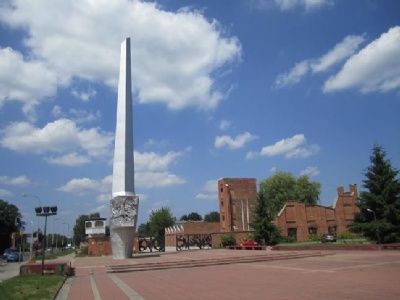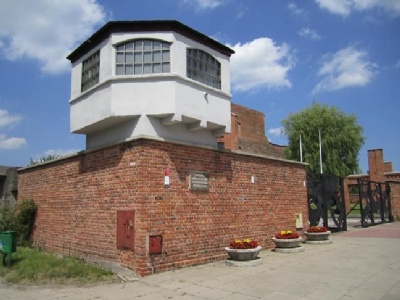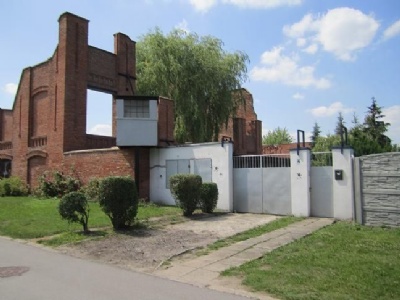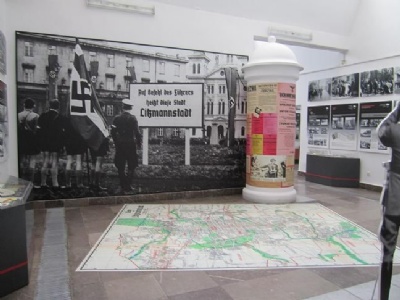Radegast Prison
When Germanany occupied Lodz (german Litzmannstadt) September 8, 1939, they took over a factory in the district Radogoszcz (german Radegast). Initially, the germans used the factory premises as a relocation camp for Poles to be deported to General government. The factory had a four-storey building that was well suited for this purpose. But already in November 1939, the Nazis began to imprison poles from the intelligentsia and until January 1940, about 2000 people were imprisoned. 500 of them were sentenced to death and shot. As the factory never was intended to house people local charities were allowed to set up small kitchens, bathrooms, toilets and dormitories. In July 1940, after all the prisoners who were to be relocated had been moved, the factory became an official police prison (Polizeigefängnis) and was the largest of all prisons in the region.
Only male prisoners were imprisoned and several of them were deported to other prisons but also concentration camps such as Mauthausen, Dachau and Gross Rosen. The commander of the prison was Walther Pelzhausen. Until January 1945, when the prison was evacuated, a total of about 40,000 people had passed through the prison. Shortly before the prison was evacuated, the Nazis began to murder the remaining prisoners under chaotic circumstances. Prisoners started to resist and fight back. The Nazis managed to lock in remaining prisoners in the prison building and set it on fire. About 1,500 prisoners died that day. It is not known how many prisoner died in the prison, but thousands were executed in a forest at Zgierz, about ten kilometres north of the prison.
Current status: Partly preserved/demolished with museum (2012).
Address: ul. Zgierska 147, 91-490 Lodz.
Get there: Tram.
Follow up in books: Höhne, Heinz: The Order of the Death’s Head: The story of Hitler’s SS (1969).






The prison museum is well maintained with a perfect mix of text (english), photographs and other objects. Compared to the much more famous Pawiak prison in Warsaw, my opinion is that this prison is more worth a visit. In addition, you can combine the visit with Radegast station and the Jewish cemetery. Extermination camp Chelmno is also in driving distance. But Lodz is not a city that attracts tourists, it has a long lived reputation about being a ugly city. But for the historically interested it is well worth a visit as the museums are interesting.